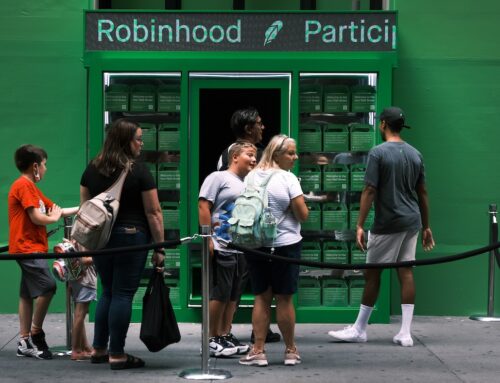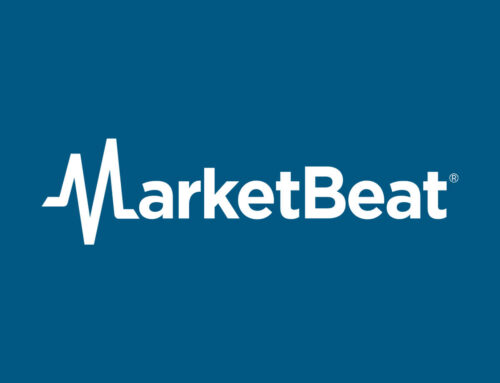XRP vs. Bitcoin: Which Is the Better Buy Right Now?
July 9, 2025
Most investing decisions feel like choosing between two distant futures. In crypto right now, one such fork in the road is whether to buy an asset built on engineered scarcity, or one engineered for regulated utility and widespread use.
The question matters because capital is finally pouring into both lanes at once. Bitcoin (BTC 0.08%) is drawing record institutional inflows while XRP (XRP 2.72%) is winning a few serious gigs to provide financial plumbing. The trade‑off between slow‑burn “digital gold” and faster‑moving payment rails has never been starker, so let’s sort out which path fits which kind of investor.
Bitcoin’s digital scarcity wins it a bigger audience
Bitcoin currently trades around $109,000 as of July 7 despite a considerable amount of recent macroeconomic volatility.
The latest leg higher came from purchasing driven by institutions and holders of large sums of capital, not small-time investors seeking a thrill. BlackRock‘s Bitcoin exchange-traded fund (ETF), the iShares Bitcoin Trust ETF, took in more than $1.3 billion in fresh cash in the last week of June, part of a haul of more than $4 billion that all U.S. spot Bitcoin ETFs absorbed in the month.
Collectively, at least 116 public companies now hold a total of roughly 809,100 Bitcoins on their balance sheets, more than double the corporate stash a year ago.
Why does that matter? It’s evidence that the “demand” portion of the supply and demand dynamics affecting the coin is very healthy. When paired with the favorable and ongoing action of the halving process, one of the main factors affecting the coin’s supply, it suggests that it’s appropriate to be bullish about the coin.

Image source: Getty Images.
In short, Bitcoin’s issuance halves roughly every four years, crimping new supply just as ETF sponsors, corporates, and long‑term allocators compete for the float. Scarcity was always part of the asset’s pitch, and now it is colliding with regulated distribution channels that make large buys painless for big buyers.
In theory, that should push the asset’s price discovery into a narrower, mostly upward corridor, and for the long term. This catalyst is playing out right now.
XRP’s utility is hard to understate
The investment thesis for buying XRP is quite different.
It’s priced near $2.28 today, and its ledger, XRPL, just activated an automated market maker (AMM) feature, letting any wallet convert assets on‑chain and earn fees from idle balances. That’s a key feature for the chain’s intended users, institutional investors.
Another important capability for courting that same audience is that XRPL bakes in regulator‑friendly tools, like authorized trust lines, blacklists, and the ability to freeze accounts so issuers can remain in good standing with anti-money laundering and know-your-customer laws.
That matters because tokenizing real‑world assets (RWA) so that they can be handled more easily by asset managers is becoming big business, and compliance tooling is essential to capturing that business. The RWA sector’s value hit $24.8 billion in June, and it could balloon to $30 trillion by 2034, per some estimates. XRP is already attracting key projects on its chain, including a $693 million Treasury bond fund, giving users 24/7 access to short‑term government debt. As more assets are tokenized, having must-have assets like Treasuries on-chain will make the ledger an even more appealing place for institutional investors to park their capital.
In other words, with XRP the value-generating flywheel is liquidity at the scale that institutional investors need it. Each tokenized Treasury or corporate debt issue deepens its on‑ledger pools, reduces pricing inaccuracy for big transactions, and nudges newcomers to hold a small XRP reserve to transact.
Assuming regulators stay comfortable with XRPL’s top‑down compliance controls, that adoption curve could steepen over the next three to five years.
There’s a strong argument for buying both coins
Think of Bitcoin as a zero‑yield digital commodity whose upside comes from enforced scarcity meeting mainstream acceptance. Its payoff profile looks like a long-dated bond, with slow, steady, but potentially massive returns accruing across halving cycles for those who are patient.
XRP is more like a fast‑growing fintech stock. Success hinges on product‑market fit and execution. Yet it’s because of this elevated risk that the coin’s ramp‑up, if it happens, could dwarf Bitcoin’s percentage gains, and those gains could occur sooner.
A balanced crypto portfolio might allocate 80% to Bitcoin for stability and 5% or so to XRP for higher risk exposure. The pair can coexist in the same account without any contradiction. Just be honest about your time horizon and risk tolerance before you choose your lane.
And if you’re only interested in choosing one, you should choose Bitcoin today. XRP is a great coin, but it is simply not the safer option at these lofty prices.
Search
RECENT PRESS RELEASES
Related Post




